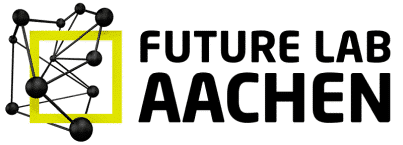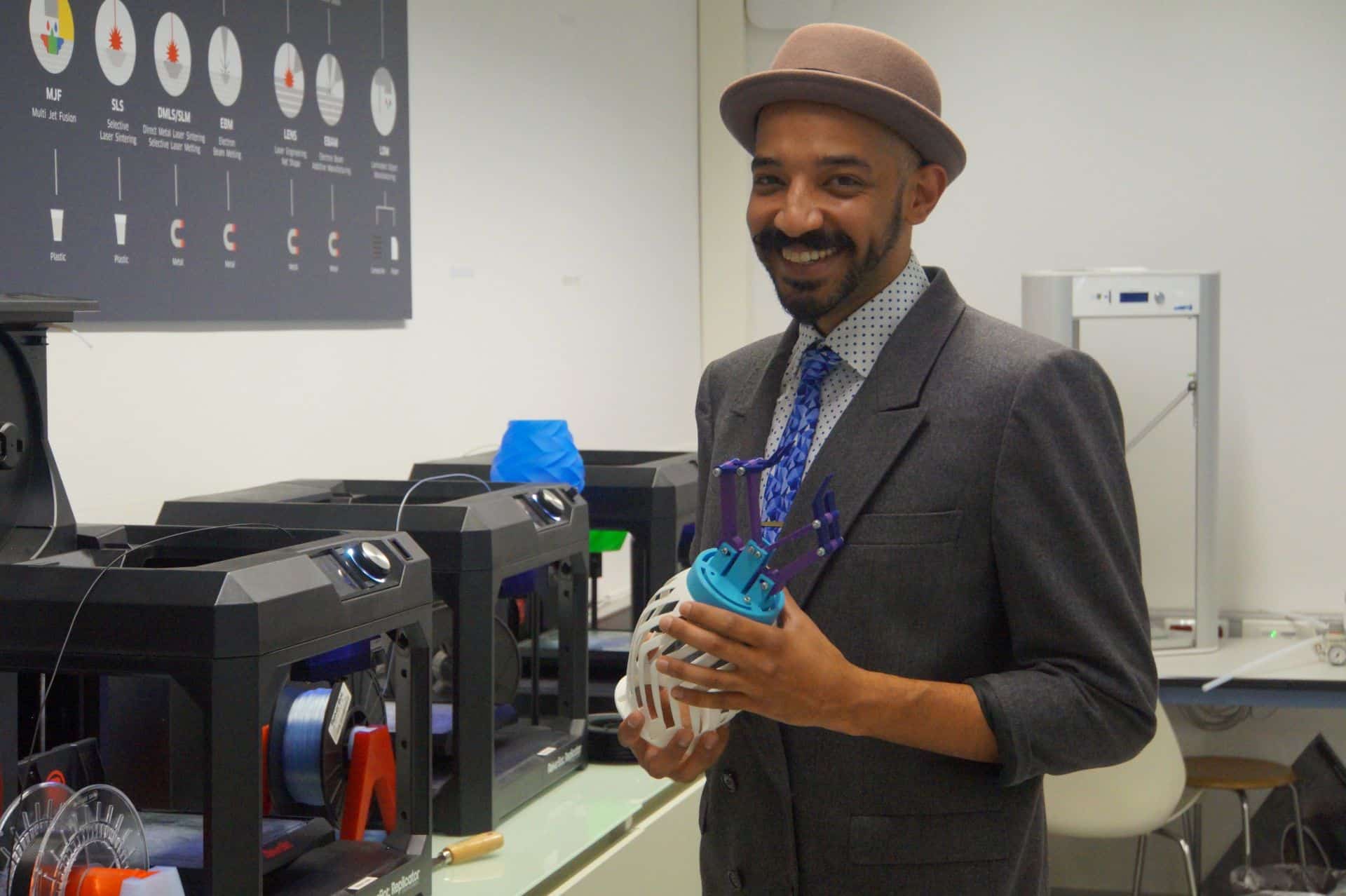Affordable and easy to produce – Karim Abbas, a student at the FH Aachen University of Applied Science, and his team are developing artificial hands for people in countries where medical care is not widely available.
In 2014, when he was about to do his Bachelor thesis in Mechanical Engineering, Karim Abbas heard about the “Robo Hand”: a hand prosthesis from the 3D printer that enabled people who had lost a hand to cope better with daily life. “The models at that time were designed for amputees whose wrists were still intact and could control the prosthesis.”
Karim, a student at the FH Aachen University of Applied Sciences, searched for more information and discovered just how many people are affected by amputations: well over a million a year. 80 percent of the amputees live in developing countries where they have little chance of getting a prosthesis. “In poor countries with limited medical services, amputation is more often the best option in the case of injuries. This is also why there is such a great need for prostheses there.”
Interdisciplinary teamwork
Because Karim had already decided to do his Bachelor thesis on Additive Manufacturing, he continued developing the idea of hand prostheses from the 3D printer. Might it be possible to develop an affordable aid for children and adults who had been amputated above the wrist?
It was possible: in the project AMaPro – short for “Additive Manufactured Prosthesis”. In February 2015, Karim finished his Bachelor thesis, along with a first model of the hand prosthesis: purely mechanical, without electrical components. Supported at first primarily by his professor, Andreas Gebhardt, later also by the student initiative Enactus, Karim collaborated with helpers from the fields of Design, Chemistry and Business Administration to develop his prosthesis further. “Enactus is involved in technologically innovative and not-for-profit projects, internationally and at Aachen’s universities. I have found strong allies in the very dedicated students there,” says Karim, who is currently doing his Masters degree.
First deployment in Casablanca
Then, starting in 2016, the prosthesis took a step closer to practical deployment, thanks to a contact in Morocco. The operator of a medical and health care supply store in Casablanca became a partner in the initiative, and a close cooperation began to grow – as did the necessary trust. A 3D printer, co-financed by Aachen businesses, made its way across the Mediterranean, along with manuals in French and the digital construction plans for the prostheses.
“Once word spread that affordable prostheses were going to be available there, people started travelling in from far and wide,” Karim says, looking back. “There is an enormous demand.” On a visit to the location, the Aachen team also noticed that many people were interested in prostheses that would merely have an aesthetic function and reduce the visual stigma of an amputation. “That’s why,” Karim continues, “we have now also developed a so-called ‘decorative prosthesis’. The first versions are already in use in Morocco.”



